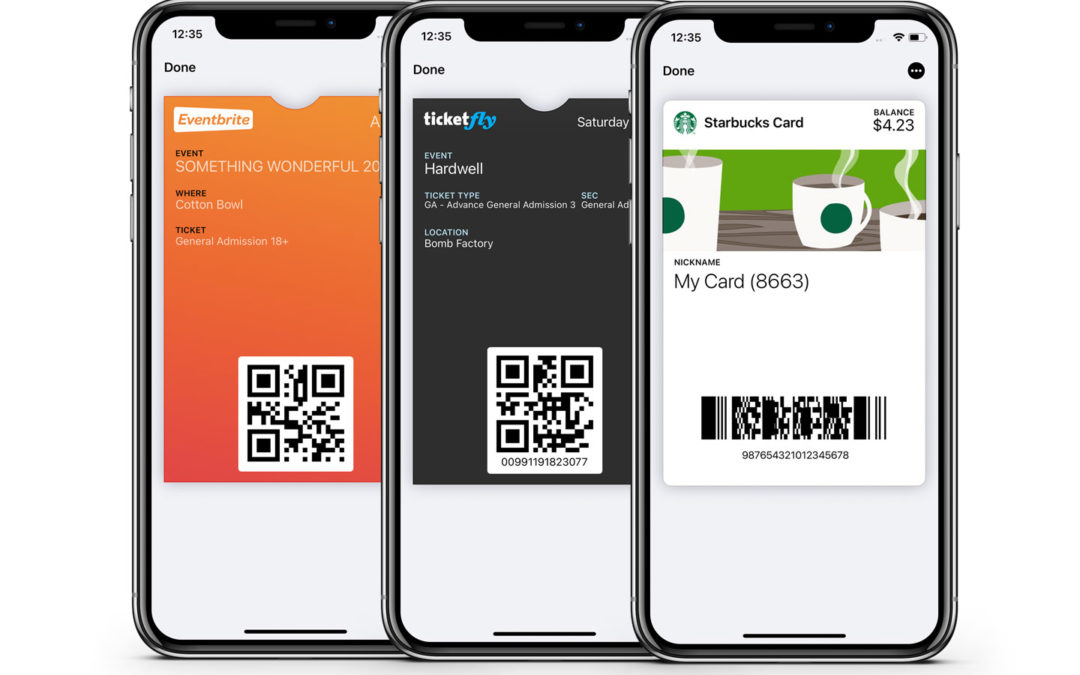
The Solution to Franchise PPC Cannibalization

The way that franchise brands typically structure and manage national pay-per-click (PPC) campaigns is concerning. Their focus is often too narrow and they ignore the advertising needs of their local franchisees.
Corporate marketing teams that manage local franchisee digital marketing campaigns are more likely to design and optimize in a way that doesn’t drive meaningful results locally. In fact, most brands have failed miserably in their attempts to get it right.
The thing that franchise marketing teams repeatedly fail to realize is that local advertising campaigns are almost always more effective. Locally optimized campaigns help both the franchise brands and local franchisees achieve successful outcomes.
Search engines have been consistent in their evidence on how powerful localized digital campaigns can be. According to a 2019 study from Social Media Today, 46% of Google searches seek local information.
Think of a national brand with local outlets, agents, distributors, and partners. Customers shouldn’t have to go to the brand’s corporate site to find where they can buy their products.
Instead, traffic must be directed into the local network.
This article explores digital franchise marketing, its challenges, avoiding cannibalization, and the solution to achieve digital success for your franchise network.
The Right Way and The Wrong Way
Within franchise organizations, the following factors demonstrate how digital marketing problems typically emerge.
First, the only concern of franchisees is making money from their sites. Typically, franchise marketing teams have to balance two goals: driving traffic to local franchisees and generating sales via eCommerce or brand-owned sites.
Additionally, franchise brand marketers can only do so much to ensure brand consistency and compliance at the store level.
Most franchise organizations have Franchise Advisory Councils (FAC), Marketing Advisory Councils (MAC), or National Marketing Fund Councils (NMFC) that represent the franchisees.
Imagine that your franchise network has a national advertising fund that’s accumulated via franchisee contributions. It is likely to be controlled by a formal governance body. The advertising fund aims to build brand equity across the franchise system by using various marketing tactics, thus benefiting all franchisees equally.
But, digital marketing makes this tricky.
When national paid ad campaigns are funded by non-local budgets, this results in non-local optimization. KPIs – such as clicks, conversions, impressions – that determine optimization and spend are established based on aggregate data gathered from aggregate sources.
The advertising budget – and resultant performance – usually shift to more densely populated markets or strategies that perform well for most sites but may not work for local markets.
As a result, collecting meaningful data and optimizing all campaigns when national and regional campaigns are implemented is not always possible as campaigns are only optimized for performance nationally.
Consequently, campaign data represents a generalized audience with the most conversions occurring, without local idiosyncrasies. Brands will then often attempt to apply a strategy that represents only the results of some locations in larger markets to other, local markets without considering their unique challenges.
This approach is efficient, but it isn’t practical.
Also, a large portion of locations outside of a designated market area (DMA) will not be targeted correctly, which will result in poor marketing and wasting money. In particular, rural and small locations may struggle to generate a positive return on investment, depending on their industry and campaign design.
Many franchisees don’t receive leads or income from their local website or microsite, nor growth in foot traffic attributable to digital marketing. When corporate digital marketing managers are juggling hundreds or even thousands of campaigns, the quality of leads is inevitably impacted.
It is not true that all locations will be equally benefited by national advertising efforts – some franchisees will inevitably benefit more than others. This is a common experience across franchise organizations, and arguably the biggest franchise marketing problem brands face when executing local store marketing.
There is, however, an even bigger problem when franchisees don’t see regional and local campaigns or PPC campaigns tailored to their geography by corporate.
Franchise Marketing Goes Sour in a Big Way
So what happens next?
When franchisees aren’t seeing transparency in reporting or getting the results they want, their solution is to set up self-funded local campaigns.
Some will hire their local ad agency. Despite not being marketing experts, others will try this on their own. Can you blame them if they don’t get results from franchise-level marketing?
Even though their decision might be questionable, they’re business owners who have to worry about their success.
However, the problem is often exacerbated when franchisees act independently without coordinating their strategies with the brand’s corporate marketing efforts.
Imagine a franchisee implements a local advertising strategy that’s independent of the national strategy managed by the franchise. If that happens, digital campaigns from corporate and local agents will be competing for brand visibility.
Further down the food chain, franchisees in regional or local markets will also compete against one another. This is franchise digital marketing cannibalization to the extreme.
It’s crucial to avoid your brand fragmenting and scattering. Siloed data, brand non-compliance, identity divergence, cannibalization, and other issues will all result.
A Closer Look at Franchise PPC Cannibalization and Tips for Righting the Course
By not synchronizing their digital marketing efforts, franchisees and franchisors risk wasting both national advertising and local marketing budgets. In the end, it results in a poor return on advertising spend (ROAS) for everyone involved.
So how can franchises prevent PPC cannibalization between themselves and their franchisees?
The best digital marketing plan focuses on defining targeted goals, selecting the right keywords, using effective geo-targeting, and leveraging customer data.
For franchisee networks to sync with one another, they need to develop distinct yet collaborative strategies that provide clear direction and goals.
Engagement and profit should be the focus.
All franchisee and franchisor campaigns should work together and complement one another, not compete with one another.
You can avoid cannibalization by following these tips to make sure both franchisors and franchisees benefit from the franchise marketing campaign:
Keywords
● Franchisees should know what keywords to bid on and which to avoid.
● Franchisees should avoid competing with each other and the franchise by using negative keywords.
● Segment brand search terms between national and local campaigns.
● Make use of longer and more location-specific keywords for local searches.
Geo-targeting
● Examine the geo-targeting used by the franchisees and the franchise. This should help avoid overlaps and prevent PPC cannibalism.
● Combining zip codes with radius targeting is recommended for granular targeting within each franchise territory for a targeted approach.
● If you are targeting more rural areas, be careful to avoid limiting the number of matching searches too much. This can cause low traffic, low performance, and volatility, leading to budget and conversion targets not being met.
● Franchisors should avoid competing for local PPC keywords and terms by correctly geo-targeting national campaigns.
● Set up your local and national campaigns to overlap with geo-targeting. This ensures that you are maximizing your keyword usage. To prevent cannibalization, you may want to remove zip codes from your keyword list if your keyword strategy contains an overlap.
Better reporting is an added benefit to geo-targeting, as it allows you to see your performance both as a whole and in segments.
Franchise territory overlaps
● Collaboration between franchisee marketing regions is especially effective in areas where territories may overlap. One example would be promoting the same offer in multiple local campaigns.
● Ensure that concurrent campaigns aren’t competing for keywords while assigning the zip codes.
● Establishing regional/cooperative advertising budgets and campaigns could be beneficial. A store budget set up at each store is the most efficient way to ensure equal treatment and ensure the customer who clicks within a store campaign is likely to purchase from that particular store.
● To show ads to people in the territory of a franchise store, you can implement targeting.
● In overlapping territory, you might target people who are searching for a specific location online.
Location-specific ad content
● Writing locally relevant ad copy can encourage consumers to call or visit a specific local franchisee. According to Google, 4 out of 5 consumers want ad campaigns that are customized to their location.
● Ads should include language that is relevant to the region you are targeting.
Using this approach will eliminate customer confusion and ensure that competition does not arise.
In this scenario, specialized landing pages and call tracking numbers for local stores are essential.
The eCommerce pie should go to franchisees
Consider a franchise brand that uses local and/or national PPC advertising to drive traffic to an eCommerce site instead of local store landing pages. There are still ways to ensure that the store gets credited.
For example, the franchisee may receive a portion of the revenue generated through the local search terms by using a tracking system.
The Ideal Situation
In an ideal world, local store PPC would work along with national programs, gleaning insights from the data from one program to benefit the other. The corporate marketing department remains responsible for strategic guidance concerning keywords, targeting, brand creatives, and messaging.
Franchisees will then be able to invest more in local marketing budgets and tailor their campaigns to fit the preferences of their locations. Also, local and national ad fund contributions will be transparently reported, so they’ll know exactly how their advertising budget is used.
There is no better franchise system than this one in terms of digital marketing. In the right hands, local PPC campaigns can outperform national brand campaigns. Moreover, they might appear higher in the SERPs since Google’s algorithm prioritizes local search results.
A key takeaway is to ensure your national and local paid campaigns are appropriately structured and managed.
Provide a national budget for stores, but give local stores options for budgets.
If a local campaign cannot be funded, encourage franchisees to use the same marketing platform or agency. The result will be complementary campaigns contributing to more effective franchise marketing.




